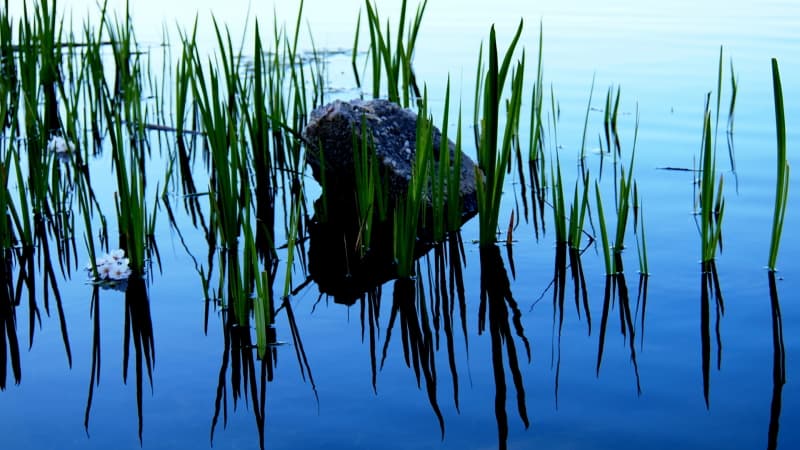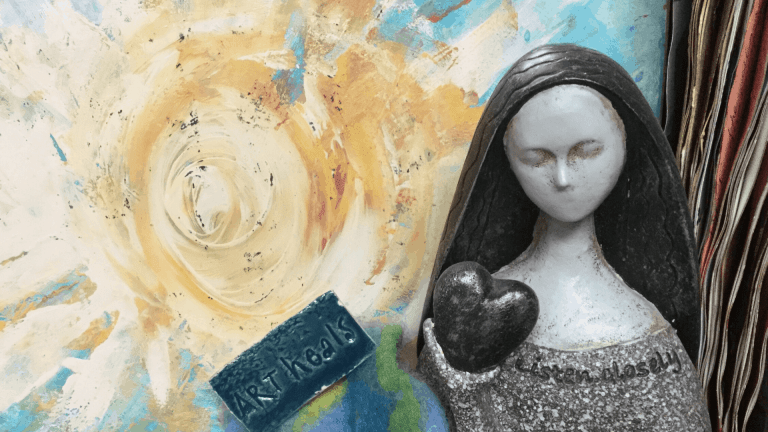story
a hollow bone
for words that sing
a hollow bone
for words that sing
story
a hollow bone for words that sing
For many years, I was a collector of stones, particularly heart-shaped ones that would show up as unexpected gifts along a path. Friends would pass along their finds, and my purse often contained a souvenir stone from a place I’d visited. Then I started learning about ‘place’ and forming a relationship to the land. An Indigenous friend told me that in their teachings, every stone contained a story; a broken stone meant its story had been told.
These days, I’m far more conscious about removing a stone or object from its natural resting place.
I am also a collector of stories, poems, and quotes that inspire and make my heart sing. There are “words that shimmer” and stories that linger and move me long after the telling is done. Author Kim Rosen (Saved by a Poem), says that sometimes a poem will come along that you want to “take into your bones.“
I’ve included several of these stories and poems here, and will continue to add to these pages – perhaps a few of them will make your heart sing too.


watering the stones
by Mary Oliver
Every summer I gather a few stones from the beach
and keep them in a glass bowl. Now and again I cover them with water, and they drink. There’s no question about this; I put tinfoil over the bowl, tightly yet the water disappears. This doesn’t mean we ever have a conversation, or that they have the kind of feelings we do, yet it might mean something.
Whatever the stones are,
they don’t lie in the water and do nothing.
Some of my friends refuse to believe it happens,
even though they’ve seen it. But
a few others—I’ve seen them walking down
the beach holding a few stones, and they
look at them rather more closely now.
Once in a while, I swear, I’ve even heard
one or two of them saying “Hello.”
Which, I think, does no harm to anyone or
anything, does it?

There is a poem at the heart of things and a mythic story in the heart of each of us. At certain times it is the poetry of life and the mythic imagination of the soul that become necessary in order to heal the wounds inflicted by an excess of reason or an overuse of force.
~Michael Meade
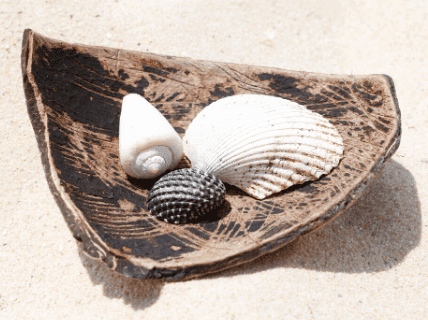

The first time I heard, “Tell Me, She Said,” as a spoken poem during my Expressive Arts training, I was spellbound. It has since become my ‘guiding poem’ so to speak, the one I “took into my bones.” I was fortunate to meet the author, Sally Atkins, several years ago at a conference and was able to tell her this. I will often begin or end a workshop with this poem…
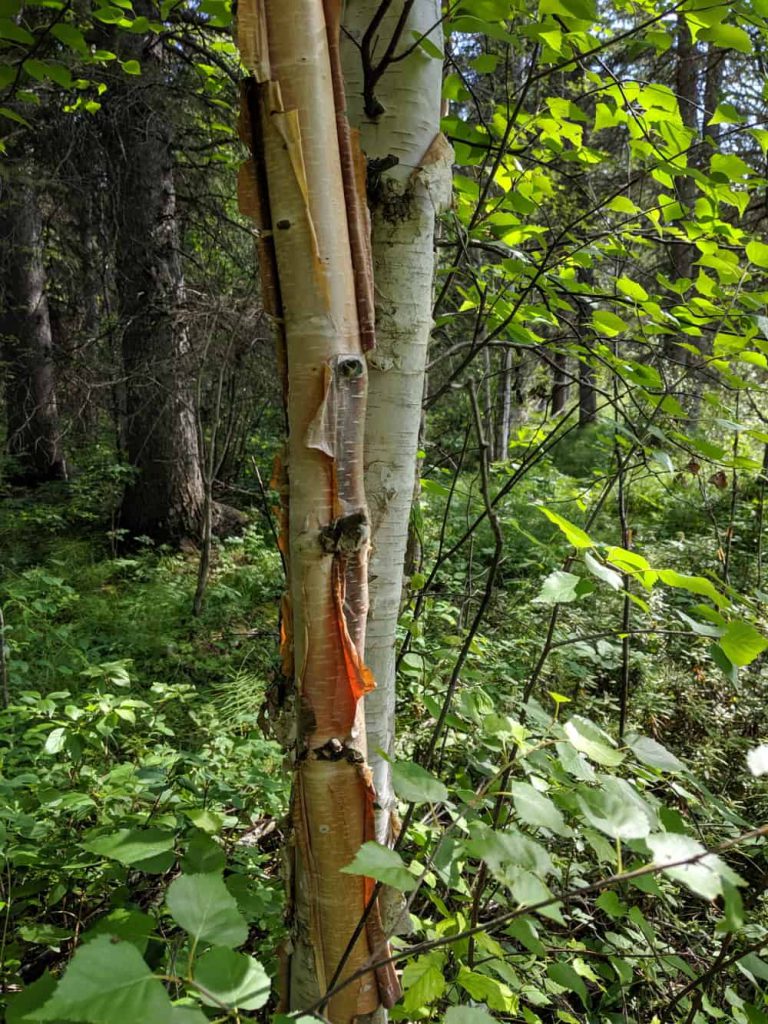

Tell Me, She Said
Tell me, she said:
What is the story you are telling?
What wild song is singing itself through you?
Listen:
In the silence between there is music;
In the spaces between there is story.
It is the song you are living now.
It is the story of the place where you are.
It contains the shapes of these old mountains, The green of the rhododendron leaves.
It is happening right now, in your breath,
In the heatrbeat still drumming the deeper rhythm
Beneath your cracking words.
It matters what you did this morning and last Saturday night and last year
Not because you are important
But because you are in it
And it is still moving.
We are all in this story together.
Listen:
In the silence between there is music;
In the spaces between there is story.
Pay attention.
We are listening each other into being.
~ Sally Atkin

It begins, as all things do, with stories. When our ancestors gathered around their tribal fires, stories were told. As a human family we have this tradition in common. Many have forgotten their beginnings, but next time you are out with people and it is a summer night and a campfire is lit, watch how everyone responds to it….
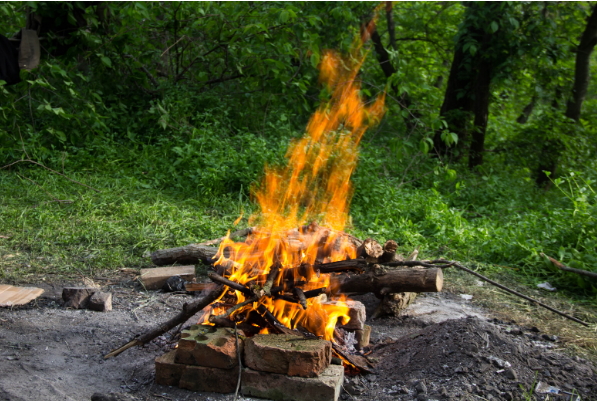
Everyone breathes more deeply. Everyone relaxes. This scenario happens everywhere around the world when people gather in a circle around a fire in the night. I believe it is because we all carry a specific cellular memory based on the spiritual feeling of togetherness, safety and belonging. It is the basis of our human identity – community – and it formed in all of us a long, long time ago. There is a particular magic that exists when the world is reduced to a flame and the sound of a human voice talking. We all respond to that setting like children, rapt with wonder and entranced by the possibility of story. ~ Richard Wagamese

Stories matter, you see. They're not just entertainment - stories matter because humans are narrative creatures. It's not simply that we like to tell stories, and to listen to them: it's that narrative is hard-wired into us. It's a function of our biology, and the way our brains have evolved over time. We make sense of the world and fashion our identities through the sharing and passing on of stories.
And so the stories that we tell ourselves about the world and our place in it, and the stories that are told to us by others about the world and our place in it, shape not just our own lives, but the world around us. The cultural narrative is the culture.
~Sharon Blackie

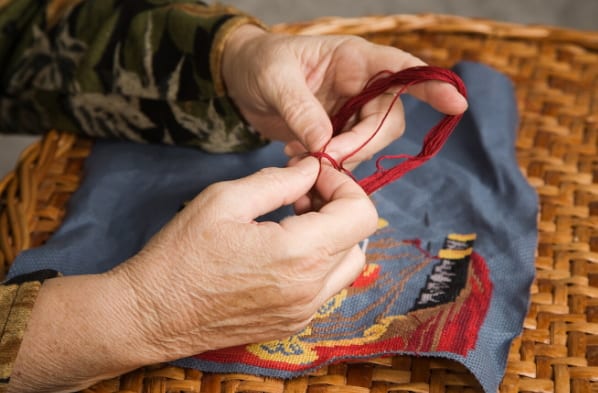
“Grandma how do you deal with pain?”
“With your hands, dear. When you do it with your mind, the pain hardens even more.”
“With your hands, grandma?”
“Yes, yes. Our hands are the antennas of our soul. When you move them by sewing, cooking, painting, touching the earth or sinking it into the earth, they send signals of caring to the deepest part of you and your soul calms down.This way she doesn’t have to send pain anymore to show it.”
” Are hands really that important?”
“Yes, my girl. Think of babies: they get to know the world thanks to their touches. When you look at the hands of older people, they tell more about their lives than any other part of the body. Everything that is made by hand, so it is said, is made with the heart because it really is like this: hands and heart are connected. Masseuses know this: When they touch another person’s body with their hands, they create a deep connection. Think of lovers: When their hands touch, they love each other in the most sublime way.”
“My hands grandma… how long haven’t I used them like that!”
“Move them, my girl, start creating with them and everything in you will move. The pain will not pass away. But it will be the best masterpiece. And it won’t hurt anymore. Because you managed to embroider your essence.”
~ Elena Barnabé

This poem speaks to me about listening deeply, paying attention, and remembering that we often only see and hear one small chapter of another’s life story. Our lives and the people we meet weave and connect in mysterious ways, and become part of a greater story unfolding.
Stories move in circles
They don’t move in straight lines.
So it helps if you listen in circles.
There are stories inside stories and stories between stories
And finding your way through them is as easy and as hard
as finding your way home.
And part of the finding
is the getting lost.
And when you’re lost
you start to look around
and to listen.~Deena Metzger
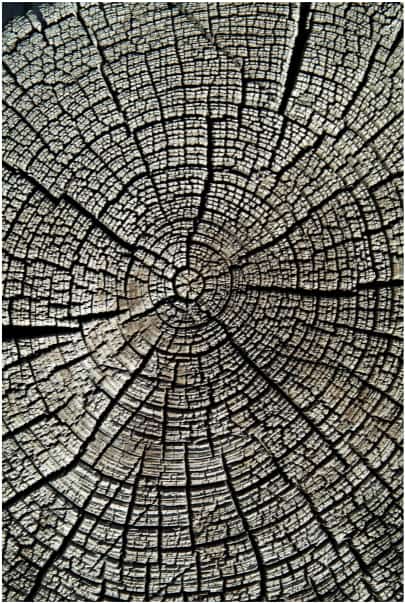

Stories, like people and butterflies and songbirds’ eggs and human hearts and dreams, are also fragile things, made up of nothing stronger or more lasting than twenty-six letters and a handful of punctuation marks. Or they are words on the air, composed of sounds and ideas – abstract, invisible, gone once they’ve been spoken – and what could be more frail than that?
But some stories, small, simple ones about setting out on adventures or people doing wonders, tales of miracles and monsters, have outlasted all the people who told them, and some of them have outlasted the lands in which they were created.~Neil Gaiman, Fragile Things

And I said to him Are there answers to all of this? And he said The answer is in a story and the story is being told
And I said But there is so much pain And he answered Pain will happen.
Then I said Will I ever find meaning? and he said You will find meaning Where you give meaning. The answer is in story and the story isn’t finished.
The question is not where but now there question’s never finished or exhausted and the answers in the asking not the answer the answer’s in the breathing of the question in the love of holding onto what was never whispered never seen but what we dreamed of in the morning then forgot while venus hid
the answer’s in the living not knowing the answer’s in the telling of the story in half forgotten memory and all unfinished stories
the answer’s in the showing time of senses the answer’s in the question in the learning in the fading page of writing in the letter sent to lovers in the paying for the other
the answer is the generous is the truthing the absolutely truthful anger and forgiving is the giving of what you don’t deserve it’s what I’ll serve because you’re hungry even though you may not know it
the answer’s in the living and the dying in the trying for redemption on an empty hill of crosses it’s the shoring up of hope and the gathering of losses it’s the looking for companions in the hills and in the glens it’s the waking up and walking up and starting up again
the answer’s in the living and the trying.
And I said to the wise man, what is the answer to all this And he said the answer’s in the story and the story’s just unfolding.
~Padraig O’ Tuama

The next time you’re painting, ask yourself how much story plays a part in your work. Are you trying to speak, sing, inform, protest, depress, honour, lead, monumentalize, mystify, convert, entertain, tease, uplift, amuse, eulogize or cause people to think?
Or is your story a tribute to your process and your way of working — mannerisms that softly or harshly speak your name to yourself and others?
Knowing your work’s story (or non-story) helps define not only your work, but you.
Knowing your story is like finding yourself in a lifeboat with a Bengal tiger. Seriously, we’re all in a lifeboat with a Bengal tiger.
“If you’ve heard this story before,” said Groucho Marx, “don’t stop me, because I’d like to hear it again.”
~ Robert Genn


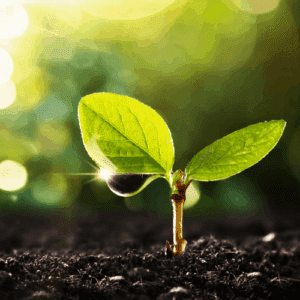
If you have lived and experienced, then tell it.
Perhaps you’ve held in those stories too long, like plants stuck underground, knowing the air is up here. Stems reaching for the light. Craving the sky. Sensing and desiring the sound.
There’s freedom in the telling.
~ Victoria Erickson, Rhythms and Roads

For several years, I was a member of art therapist and author Lani Gerity Glanville’s (1953-2020) group, 14 Secrets for a Happy Artists Life. My discovery and subsequent training in the field of Expressive Arts was born during this time, and also my love of mail art swaps. The following quote, posted on Lani’s blog in 2018, was shared at her online memorial service held January 9, 2021:
The stories people tell have a way of taking care of them.
If stories come to you, care for them. And learn to give them away where they are needed.
Sometimes a person needs a story more than food to stay alive.
That is why we put these stories in each other’s memories. This is how people care for themselves.
~ Barry Lopez, Crow and Weasel
